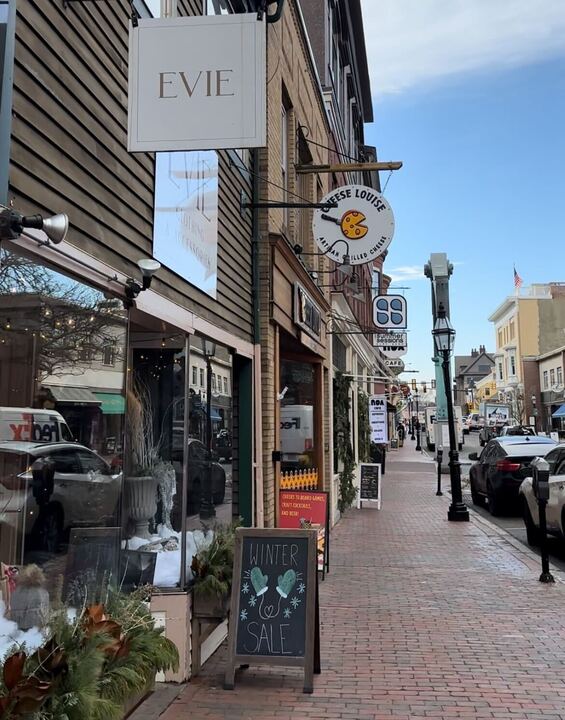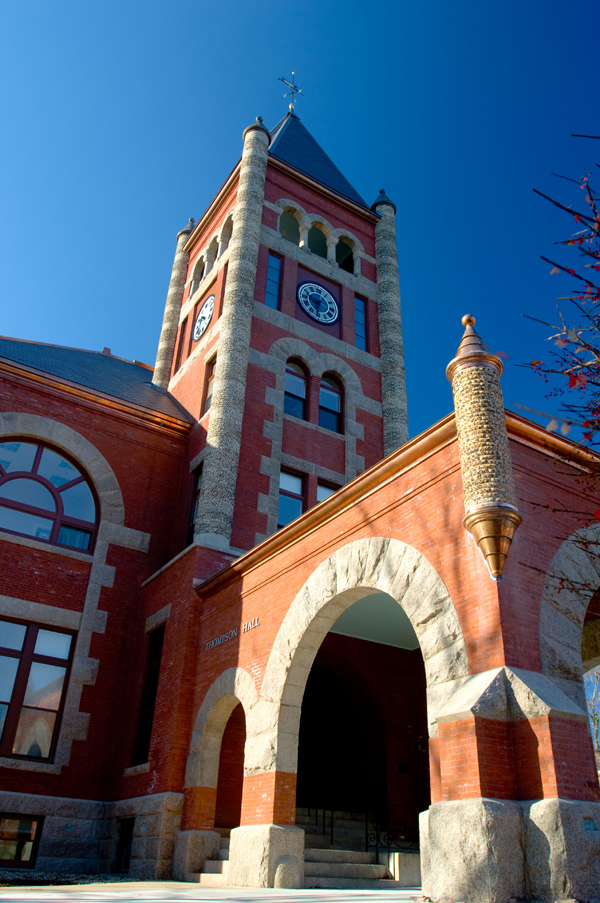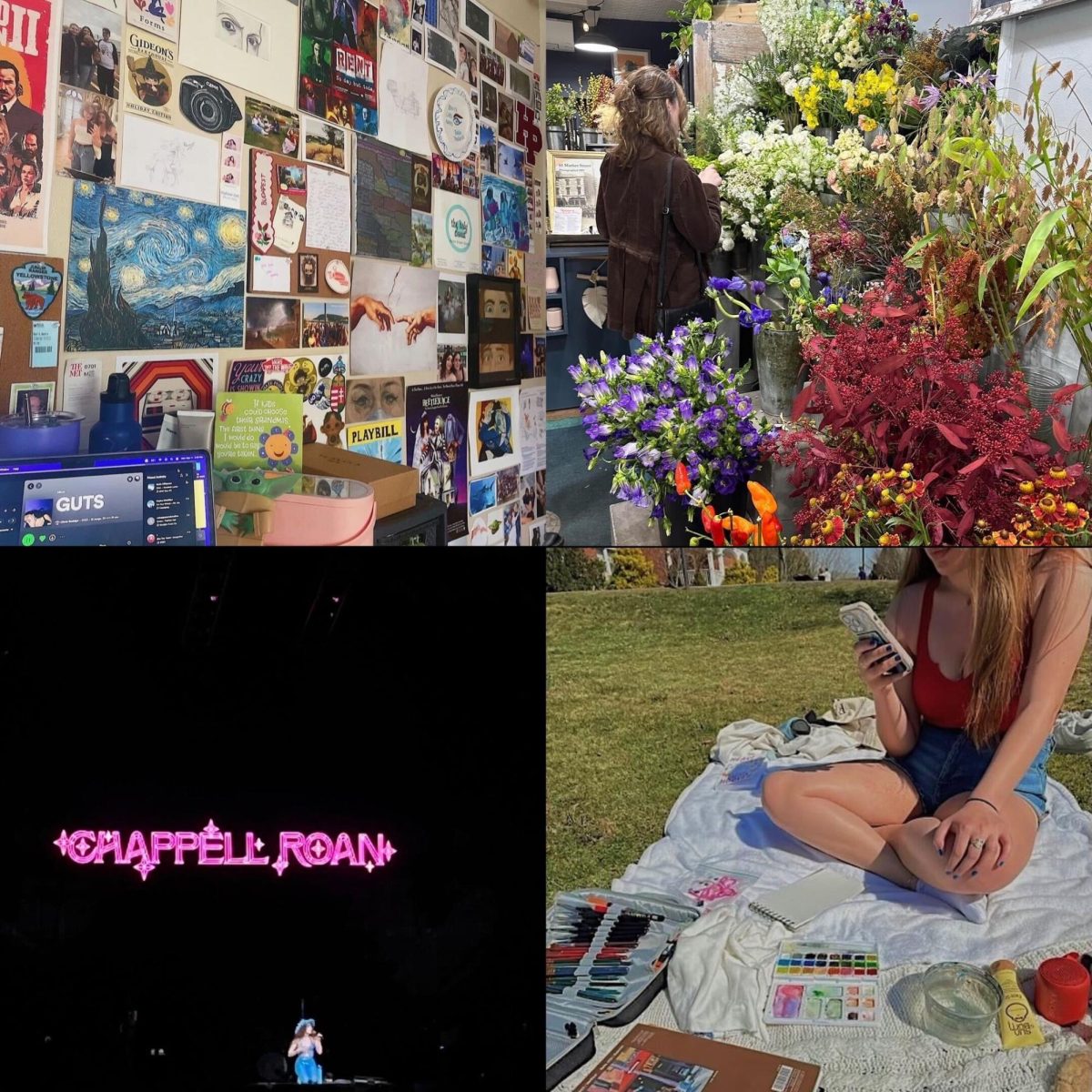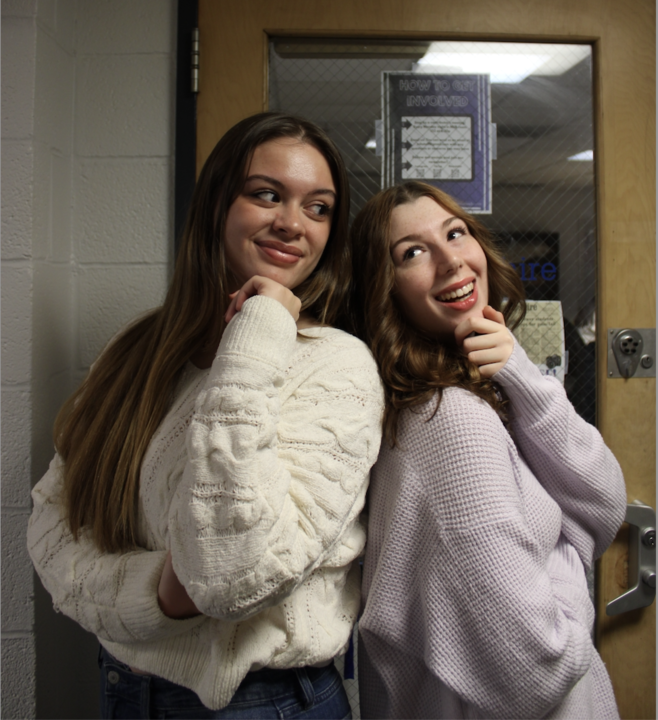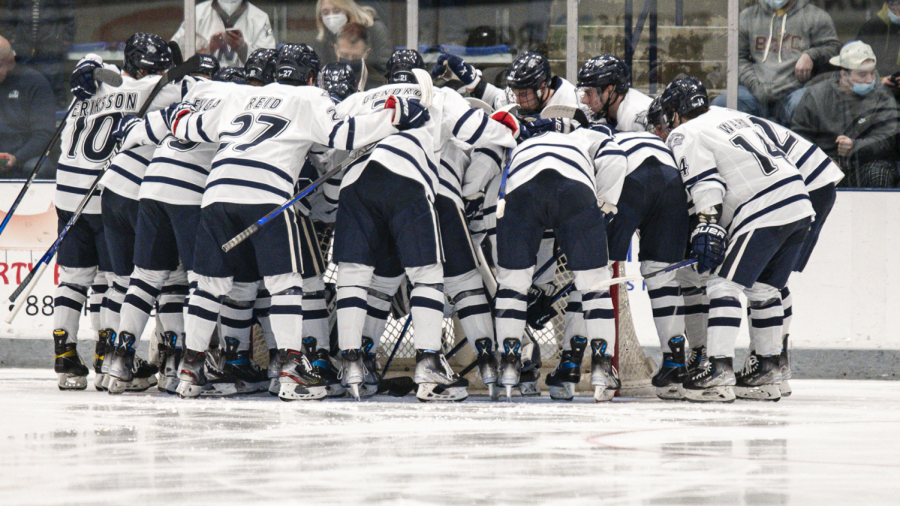The first story I ever published in The New Hampshire was about the Houston Ballet II performing in the Johnson Theatre. Since then, the Arts section has not been a place readers have seen my name. This is mainly due to the fact that about a month later I joined the Department of Theatre and Dance as a dance minor and a Jazz, Tap, Aerial (JTA) dancer in the UNH dance company. So, full disclosure, this is a highly bias column because although I am no longer in the company due to this wonderful publication, I am still close friends with the dancers, spend six hours a week in aerial class with Gay Nardone, have taken jazz with Mary Beth Marino and ballet with Susan Endrizzi and Assaf Benchetrit. The studio in New Hampshire Hall is the first place I truly found myself at UNH, the first place I met the people who share a passion of dance and the place where I could express myself in the best way I know how; dancing.
Being a journalism major, dance is something I want to write about. I have always shared my thoughts, complements and critiques with my fellow dancers and instructors but, never with you, who have read so many of my thoughts over the past year. So, here is a look into the most recent performances, “Cinderella” and “Ooh La Paree!” and department through the eyes of a dancer.
I was eager to see the ballet “Cinderella,” which was performed first in the show. I have loved the story of “Cinderella” since I was a little girl, but I knew that Assaf and Susan wouldn’t choreograph a run-of-the-mill, traditional show. Assaf and Susan are two very different, but extremely creative minds and make a very unique team. Not to mention, they are both amazing dancers who set the bar high for their students. The show opened with the curtains closed and a woman and man elated about a pregnancy, which was made very clear through pantomiming. At first, I was very confused and wrote in my notes “pregnant? haha?” because I wasn’t sure how they would tie that element into the ballet. This ended up being one of my favorite elements of their rendition of the classic fairy tale. Throughout the show, these “flashbacks” of the father and a young Cinderella gave the audience a look into the backstory, something that is often known but not seen in “Cinderella.” The little girl playing young Cinderella was so adorable, and I can’t image the courage it took to be in a college show. Truly envious of this young performer, such an amazing opportunity, which is something I think is really great to include in the show. Anyways, these small scenes resonated in my mind because I was holding back tears during them. Seriously, not sure why it made me so emotional but I was hoping Colleen wouldn’t look over and see me tearing up. That being said, my tears were quickly retracted with my other favorite part of “Cinderella,” the hysterical stepsisters and stepmother.
Now, many may think that a ballet is a serious, angelic performance. And although this ballet showcased beautiful dancers with true grace and amazing technique, the comedic elements had the audience extremely engaged and laughing out loud. I could tell that the dancers were passionate about the show, not just through dancing, but truly living in the moment and immersing themselves in their characters. Dancing aside, I was so impressed with the acting and how well everyone played their character; it made the show very unique and memorable.
After the show, I had the pleasure of speaking with Assaf and asked about his creative process in directing the show. He told me that, at first, he wanted to try and adjust elements of the original story to give a more modern, strong and independent version of “Cinderella.” He mentioned that he struggled with the concept of a story where the two fell in love and lived happily ever after because, well, that isn’t realistic. After adjusting and changing aspects of the show, he realized that venturing from the true classic tale of “Cinderella” wouldn’t give the traditional fairy tale justice. So, he and Susan decided to stick with the original story, incorporating elements such as the flashbacks to give the story more depth.
I can completely understand where Assaf is coming from; the story is outdated and unrealistic. Love doesn’t just happen overnight, it takes time to build a relationship and develop deeper feelings for another person. However, sometimes tradition cannot be ignored or forgotten and it is important to remember that “Cinderella” is a long-established fairy tale. I loved the elements that were added to make the UNH Dance Company show one of a kind, but I also respect and appreciate the decision to keep the classic tale true to its roots.
There will always be a special place in my heart for the JTA portion of the company because as a sophomore, this is where I really developed relationships with the department, instructors and other dancers. I listen and observe the progress of the show through discussion in aerial class, watch the rehearsal and backstage excitement through Snapchats from my friends in the production and wait patiently all year to see the show on stage and in the lights. Gay explained that “Ooh La Paree!” was originally inspired by “Moulin Rouge” and the concept of the show started with the idea of “class war” that evolved from the recent election and controversies regarding the current state of the country due to the Trump presidency. The first spoken words in the show were said in French, which translates to, “I hate the rich, they make me sick.” Although Gay did not originally intend for the show to portray a modern day concept, because of the original concept of these class wars and the environment of our current society while creating the show, it evolved into something more. Gay said this often happens when creating a show at UNH, mainly due to the ever-changing and unique personalities, movements and ideas students bring to the studio.
Although I did not know this before the show, it was easy for me to tell that there was a clear distinction between the classes and the treatment of these people. In “Ooh, La Paree!” the costumes of the working class may not be what the audience would imagine, sporting jean vests and stylish metallic accents. Gay mentioned that in our country, we have a working class of people who are styling, but they aren’t making anything. These people aren’t going anywhere and they are barely able to sustain the life they lead. This is a huge frustration in this country; people work really hard and can’t reach things like sending their kids to college or buying health care. Gay talked about this bubble of people that many are disconnected from, with the idea that we are all hearing from those people now and it is a scary thing. Gay chose this verbiage of keeping people down with the idea that it will have its repercussions. To me, a unique element that Gay may not have intended but played through my mind, is that rich or poor, we all dance.
Concept aside, “Ooh, La Paree” was a performance that kept the audience engaged and on their toes. My favorite part of the show was seeing my friends thrive on stage, made even more enjoyable by listening to the audience’s reactions. Because of my experience with taking aerial alongside these dancers, I have full confidence in their skills on the fabrics and apparatuses. I love hearing the gasps and seeing everyone on the edge of their seats as the dancers swing and drop from the ceiling. I know how strong and prepared they have to be to do these tricks, how confident they are in their skills, that I am never for a second worried about their safety. Their training is intense, their skills are top-notch and Gay would never let someone who she wasn’t fully confident in climb up and fly on stage.
I have never been very intrigued by tap dance before. I enjoyed attempting to be Shirley Temple when I was young and I grew up taking tap class but it was never my favorite. Gay happens to be some sort of tap-genius and although I struggled to keep up with her tap class, it is unreal to see the dancers who can correctly execute and perform her tap numbers. On the other side of dancing, quick plug for Mary Beth’s dance classes, her choreography not only gives dancers a beautiful way to express an emotion with their bodies, but I feel it gives the audience a clear image of the emotion being portrayed. My favorite dance was this beautiful, more slow, lyrical dance, a specialty of hers in my eyes.
With the Dance Company taking a leave from the Johnson Theatre until next year, it is important for the community to keep them in their minds and for the university to realize the importance of this department. Over the past academic year, I have explored and talked to so many members of this community and how they feel unsupported because of the limited funds they receive. The arts are important. It is a place where people can go, turn off their cell phones, disconnect and feel. It is a place where you can take a traditional story and bring an audience from tears to laughter, while enjoying a favorite classic fairytale. It is an outlet for creative minds to invent thought-provoking and eye opening performances about our society through something more than a Facebook post or Twitter feed.
Dance, theatre, music and art are essential to the sanity of our society whether you have come to this realization yourself already or not. Next time you listen to a song, watch a performance or admire a piece of art, try to imagine a world where these outlets aren’t supported and realize this should be a serious concern for us all. From the words of the famous ballerina Anna Pavlova, “Where there is no heart, there is no art.” The one thing on earth that belongs to just you is yourself. We all have our own minds, our own stories, points of view, dreams and imaginations. Take that, transform that, express that and live.





















